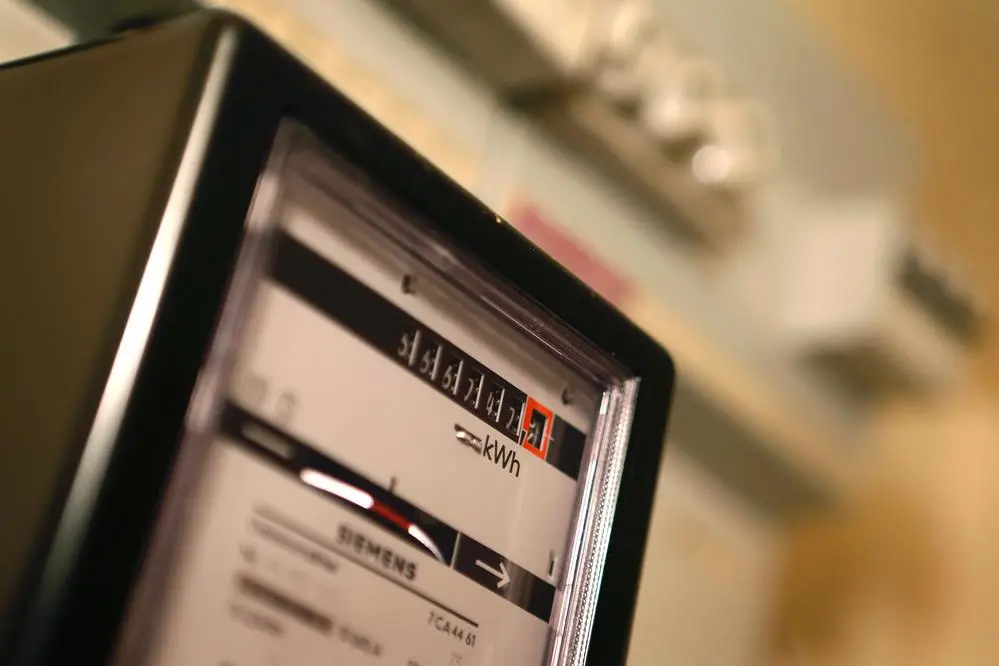PHOTO
A new plan to install 424,000 new electricity meters before 2022 has been pledged by Electricity and Water Affairs Minister Wael bin Nasser Al Mubarak.
He told MPs during parliament’s weekly session yesterday that 126,554 electronic meters and 146,000 smart meters have been installed.
He also said that from August last year until the second week of January this year, the Electricity and Water Authority (EWA) had received 5,874 complaints about bills – all of which were resolved.
“A total of 577 accounts have been closed, and efforts are being made to collect late payments; if consumers have other accounts the overdue is added to that or else they face legal action,” said Mr Al Mubarak.
“For subsidised home bills, we have instalment payment system for up to 10 years – for companies we give 18 months – and this is a long period during which we continue paying operational and production costs.
“If it is a humanitarian case we negotiate compassionately without taking legal action while thousands of families are also supported by the Labour and Social Development Ministry that pays part of the bills.
“Out of the subsidised accounts, only 24 were closed due to a change in address.
“There are 135,000 subsidised accounts and 59,664 benefited from the Cabinet reprieve on June, July and August (summer) bills with the adjustment costing BD2 million, while the calculation for the extension to September, October and November is in its final stages.”
He said the problems last year were not with faulty meters.
“The problems were due to other factors and through recommendations by the Administrative and Financial Audit Bureau we have fixed the way we take readings and analyse data.”
Support
Veteran MP Adel Al Asoomi said the EWA needed to provide more support to businessmen by giving them further flexibility.
“In around 10 days, businessmen have been facing hardship due to the outbreak of coronavirus, so most need time to repay and flexibility needs to be shown before any red bills are sent to them,” he said.
Meanwhile, Works, Municipalities Affairs and Urban Planning Minister Essam Khalaf, who also appeared in Parliament yesterday, said there were 720 farms in Bahrain mostly in the Northern Governorate.
“In 2018, the farms produced 20,000 tonnes of vegetables, 30,000 tonnes of hay, 12,200 tonnes of dates, and 900 tonnes of fruits,” he said.
“There are 685 registered Bahraini farmers in their property, working for others or in leased plots and Bahrain doesn’t export mainly, but in 2018, 20 tonnes were exported to promote local produce.”
He added that 3,700 hectares in Bahrain were fertile for agriculture with 2,175 classified agricultural and 1,600 hectares used for plantation with proper agricultural classification in the process.
“There are 2,175 hectares of agricultural lands in Bahrain in reduction to the original decades ago due to vast urbanisation, under it are six government-run farms for tests and experiments,” said Mr Khalaf.
“There are 1,300 hectares of land that could be treated to be agriculture and we are working to encourage such process.
“The farms use 70 to 80 million cubic metres of underground water annually with us having an annual stock of 90 to 100 million cubic metres.”
He added that there are plans to encourage home farming and investment in fish and agricultural farms.
“As I said due to limited spaces we are looking into alternative solutions that involve home farming and investment in fish and agricultural farms and approach new ideas.”
© Copyright 2019 www.gdnonline.com
Copyright 2020 Al Hilal Publishing and Marketing Group Provided by SyndiGate Media Inc. (Syndigate.info).












